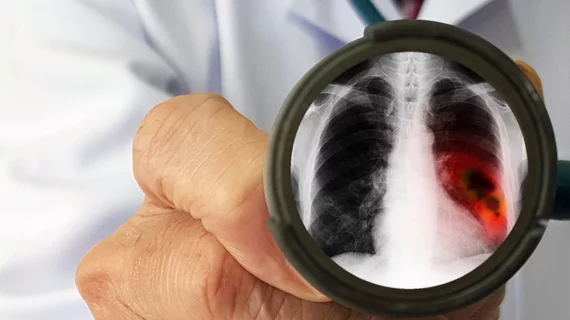Experts call for a new subspecialty in imaging—the ‘screening radiologist’
Imaging-based screening for diseases has become a crucial component of medicine in the 21st century and yet, radiologists have little say in the decision-making process. Maybe it’s time for a new subspecialty in the profession.
That’s the argument from two experts in the field, who made their case Friday in the January issue of JACR. Oftentimes, it’s primary care physicians and epidemiologists quarterbacking imaging care, with radiologists lacking expertise in the latter, alongside concerns that the profession may be biased toward ordering more exams.
Hannah Milch and Linda Haramati—both MDs, with UCLA and the Albert Einstein College of Medicine, respectively—advocate for a new expertise in their field—the “screening radiologist.” Such an addition, they believe, could help to “close the educational gap, untangle advocacy from science, and enable more effective radiology leadership in screening.”
“Creating a dedicated fellowship in imaging-based screening would create a new generation of radiologists with mastery of screening goals, risks and biases,” Milch and Haramati wrote Jan. 4. “These screening radiologists would be well-positioned to affect decision-making in imaging-based screening by combining daily experience in image interpretation with an appropriate perspective and understanding of the value of screening.”
To further their case, the authors propose creating a dedicated fellowship, building upon the basic education in screening science that docs already receive. A potential curriculum for this new area of expertise could include collaboration with primary care and public health training programs, Milch and Haramati suggested. And beyond that, coursework would explore everything from health sciences to epidemiology, radiation biology, artificial intelligence, and quality assurance.
They suggest a possible one- or two-year fellowship for these subspecialists, depending on if a physician desires a career in private practice or academia. Pursuing such a future could position radiologists perfectly to guide healthcare’s journey toward value, the two writers concluded.
“If we untangle advocacy from science, radiology has an opportunity to create the next generation of leaders who are free from bias and can ‘speak both languages’ with respect to imaging-based screening, with an expertise in imaging and an expertise in screening science,” Milch and Haramati wrote. “These screening radiologists would not only generate the imaging-based screening data, but they would also have the skills to analyze that data and lead the clinical trials that affect public policy and population health more broadly.”
You can read much more of their proposal in January’s Journal of the American College of Radiology. The piece is part of a special issue of the publication, focused on “provocative” issues in imaging.

